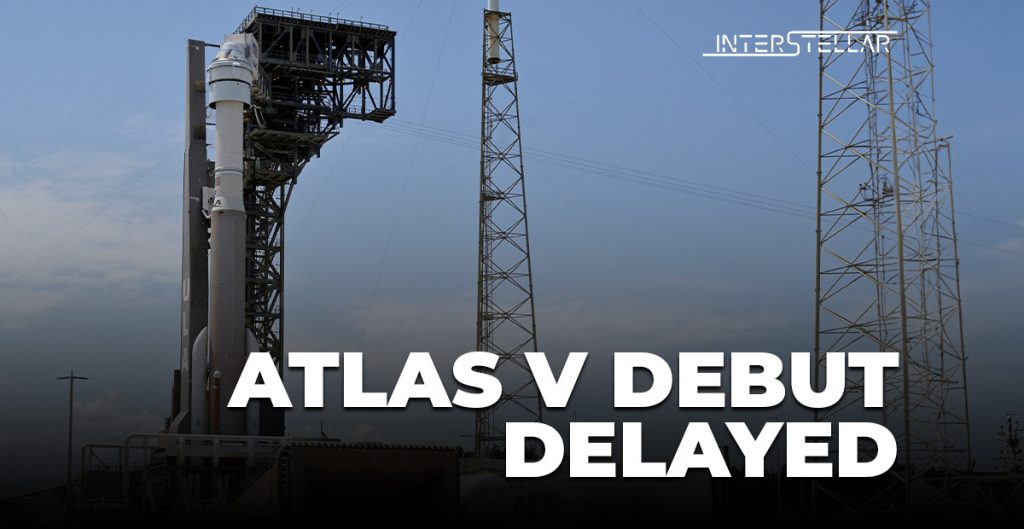Boeing has announced a further delay to its first Starliner mission, which was set to transport astronauts to space, now rescheduled for no earlier than May 21 due to a propulsion system issue. Initially slated for last week, this mission was postponed to May 17 because of a technical hiccup with its Atlas 5 rocket. This latest delay marks another setback for a project that is already years behind its planned timeline and over $1.5 billion over budget.
The new issue involves a small helium leak in the spacecraft’s service module, specifically in a component of one of the 28 control thrusters used for orbital maneuvering. This discovery has prompted additional testing and analysis to ensure the spacecraft meets all necessary safety standards before it can launch.
Boeing’s Starliner has been under development for over a decade as part of a NASA program to create a second U.S. spacecraft capable of transporting astronauts to and from the International Space Station (ISS). This contrasts with SpaceX’s Crew Dragon capsule, which successfully commenced astronaut flights in 2020 under the same NASA initiative.
The upcoming mission, named the Crewed Flight Test, is intended to be Starliner’s final trial before obtaining NASA certification for regular crewed missions to the ISS. This follows a series of technical and management challenges that delayed an uncrewed Starliner test flight to the ISS until 2022.
The Atlas 5 rocket, essential for launching the Starliner, is a joint venture product by Boeing and Lockheed Martin under United Launch Alliance (ULA). Last week, a faulty valve on the Atlas 5 was discovered, leading to its removal from the launchpad for repairs. During this time, sensors on the Starliner detected signs of helium within the propulsion system, initially not causing concern among engineers.
However, following the valve replacement, further investigations deemed more extensive testing necessary to meet stringent launch safety criteria. NASA officials and Boeing engineers are now working diligently to resolve the helium leak and prepare for the next available launch window scheduled for May 21 at 4:43 p.m. ET (2043 GMT).





